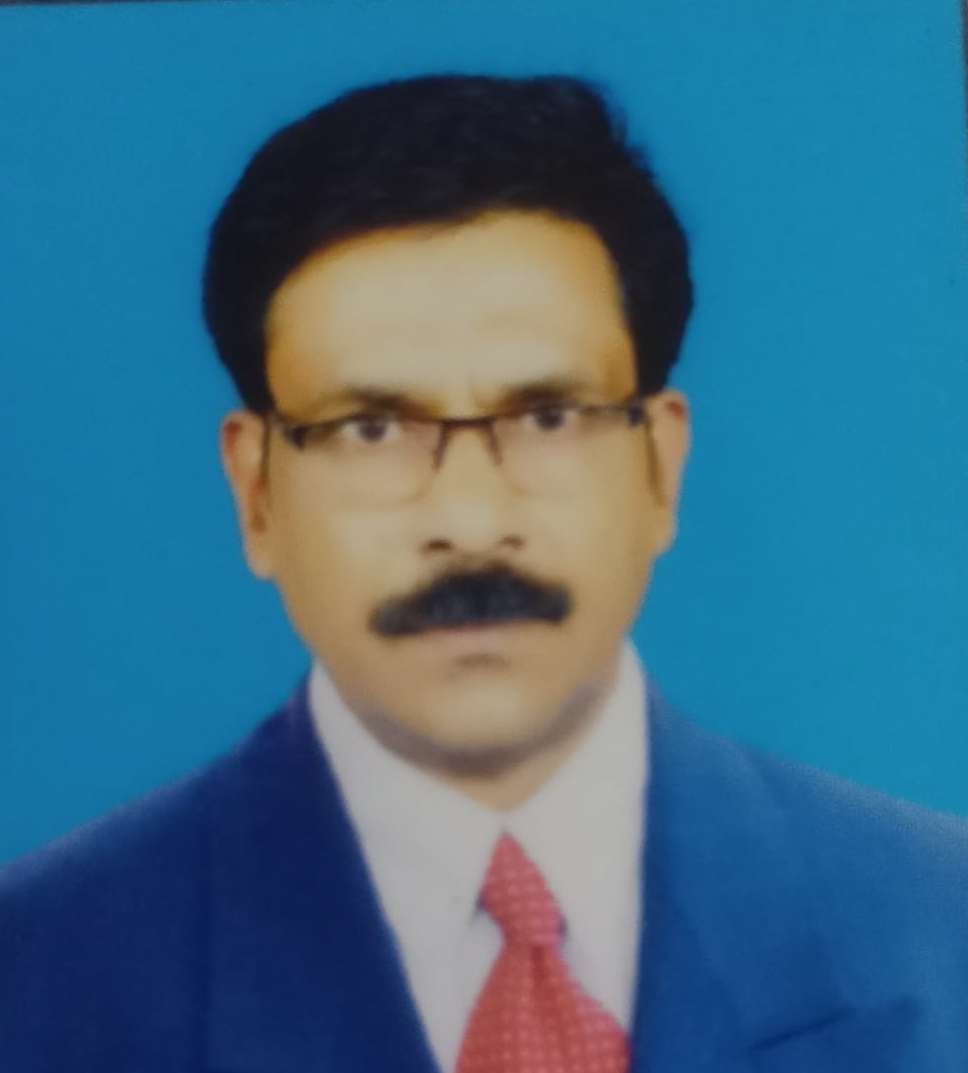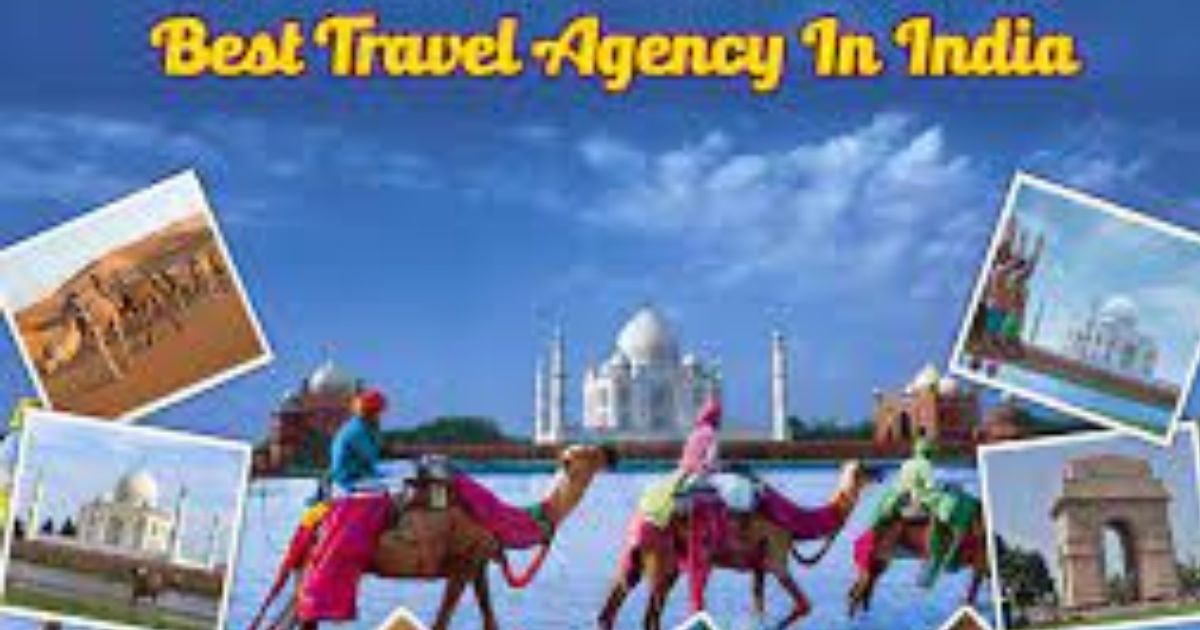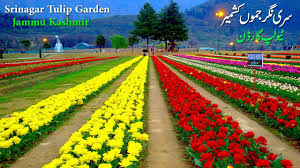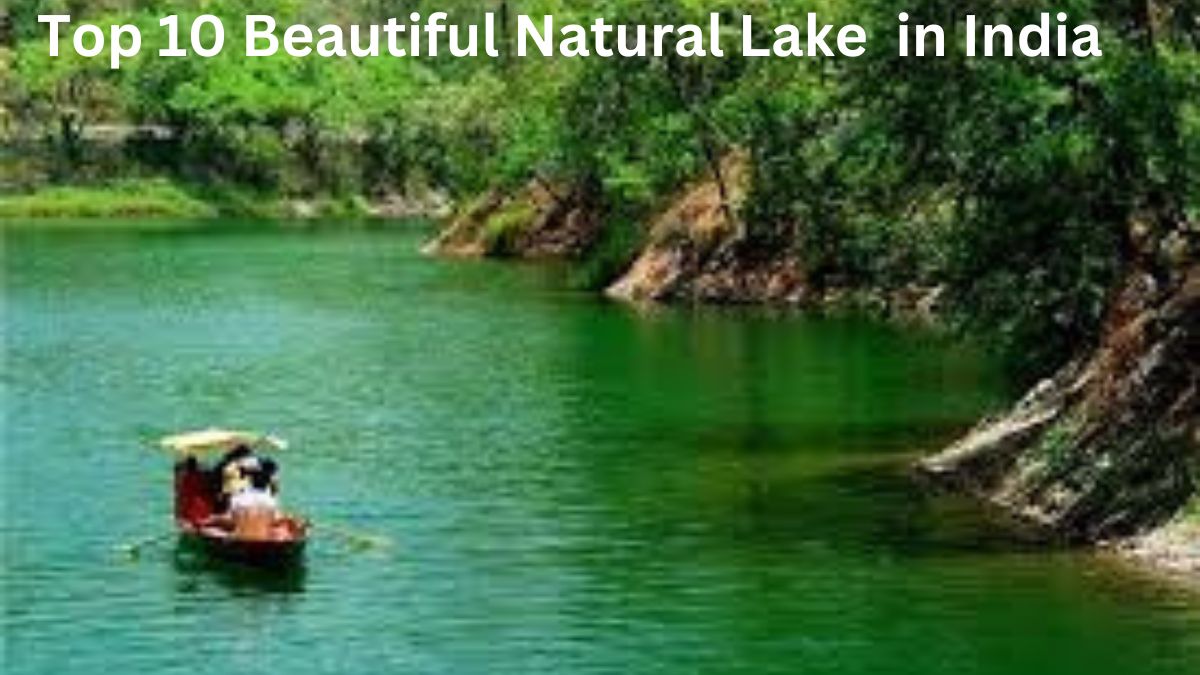Introduction:
Holi, the festival of colours, is one of the most vibrant and joyous festivals celebrated in India. It marks the arrival of spring and the victory of good over evil.
People across the country celebrate Holi with enthusiasm, throwing colours, singing, dancing, and enjoying festive delicacies.
However, Holi is not celebrated in the same way everywhere. Different regions of India have their unique traditions and customs that make the festival even more special.
Let’s take a look at how Holi is celebrated in different parts of India.
Holi as a Symbol of Divine Love
Radha and Krishna’s love story is considered the purest form of devotion (Bhakti).
Holi became an occasion where Krishna and his friends (the Gopis) would joyfully splash colours, play pranks, and celebrate love.
The festival is believed to bring Radha and Krishna closer, representing the union of the soul (Radha) with the divine (Krishna).
1. Lathmar Holi - Barsana and Nandgaon, Uttar Pradesh
In Barsana and Nandgaon, Holi is celebrated in a unique way known as Lathmar Holi. Women playfully hit men with sticks (lathis), while men try to protect themselves.
This tradition is linked to the love story of Radha and Krishna. The event attracts thousands of visitors who come to witness this energetic and fun-filled celebration.
2. Traditional Holi in Mathura and Vrindavan, Uttar Pradesh
Mathura and Vrindavan, the birthplace and playground of Lord Krishna, grandly celebrate Holi.
The festivities last for more than a week, with different events such as Phoolon ki Holi (Holi with flowers) at Banke Bihari Temple and Widow’s Holi at Vrindavan.
3. Royal Holi in Jaipur and Udaipur, Rajasthan
Rajasthan celebrates Holi royally and grandly. In Jaipur, the festival starts with a grand elephant procession, folk dances, and traditional music.
In Udaipur, the royal family takes part in the celebrations with a magnificent bonfire at the City Palace, followed by a colourful procession.
4. Shantiniketan Holi, West Bengal
In West Bengal, Holi is known as ‘Dol Jatra’ or ‘Basanta Utsav’. It was popularized by the famous poet Rabindranath Tagore at Shantiniketan.
People dress in yellow, sing, dance, and celebrate the arrival of spring gracefully and culturally.
5. Rang Panchami in Maharashtra
In Maharashtra, Holi is celebrated with enthusiasm, and the festival continues for five days.
People throw colours and dance to the beats of dhol. The festival is especially grand in Mumbai and Pune, where people gather for music and dance parties.
The day after Holi is known as ‘Rang Panchami’, which is celebrated with equal excitement.
6. Hola Mohalla in Punjab
In Punjab, Holi is celebrated as ‘Hola Mohalla’, a festival that highlights the valour and strength of Sikh warriors.
The festival is observed at Anandpur Sahib, where Sikhs showcase martial arts, horse-riding skills, and mock battles, followed by music and cultural performances.
7. Manipur’s Yaoshang Festival
In Manipur, Holi coincides with the Yaoshang Festival, a six-day-long celebration.
The festival includes traditional folk dances, music, and the famous Thabal Chongba, a special dance performed under the moonlight.
8. Kumaoni Holi in Uttarakhand
The Kumaoni region of Uttarakhand celebrates Holi musically and culturally.
There are three types of Holi celebrations here: Baithki Holi (musical gatherings), Khari Holi (dancing and singing in groups), and Mahila Holi (women's Holi).
9. Holla Mohalla in Himachal Pradesh
Himachal Pradesh celebrates Holi with religious rituals and cultural performances.
In Kangra, Holi is celebrated at the famous Brajeshwari Temple, where devotees offer prayers and play with colours.
10. Holi in Bihar and Jharkhand
In Bihar and Jharkhand, Holi is celebrated with great enthusiasm. People drink a special drink called ‘bhang thandai’ and sing traditional folk songs called ‘Phagwah’.
The celebrations continue till late at night with music, dance, and delicious sweets like ‘gujiya’ and ‘malapua’.
11. Holi in Gujarat - Dhuleti
In Gujarat, Holi is known as ‘Dhuleti’. The festival is famous for its ‘Matki Phod’ event, where young men form human pyramids to break a pot filled with buttermilk, similar to Lord Krishna’s childhood pranks.
The celebrations in Ahmedabad and other cities are full of colours, dance, and music.
12. Holi in Goa - Shigmo Festival
Goa celebrates Holi as ‘Shigmo’, a festival filled with traditional folk performances, processions, and cultural events.
Locals dress in colourful costumes and dance to traditional music. The festival attracts tourists who want to experience Holi with a Goan touch.
13. Holi in South India - Karnataka, Tamil Nadu, and Andhra Pradesh
In South India, Holi is not as grand as in North India, but it is celebrated in temples and communities.
In Andhra Pradesh, people play with colours and organize music and dance events.
Conclusion
Holi is a festival that unites people from different backgrounds and cultures.
Whether you experience the royal Holi in Rajasthan, the devotional Holi in Mathura, or the cultural Holi in Bengal, each celebration has something special to offer.
Holi is truly a festival that showcases the diversity and unity of India. So, wherever you are, immerse yourself in the colours of Holi and celebrate with happiness!
HAPPY HOLI ALL OF YOU IN 2025











